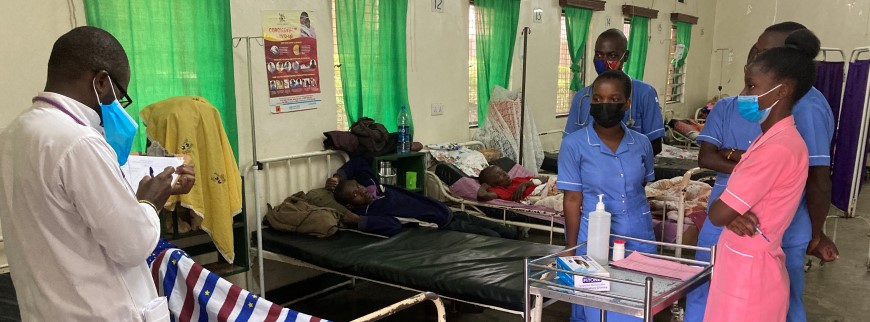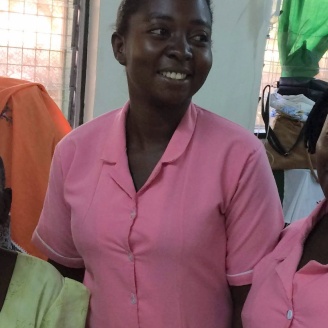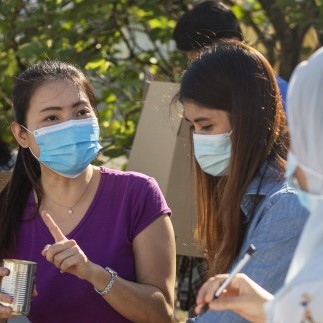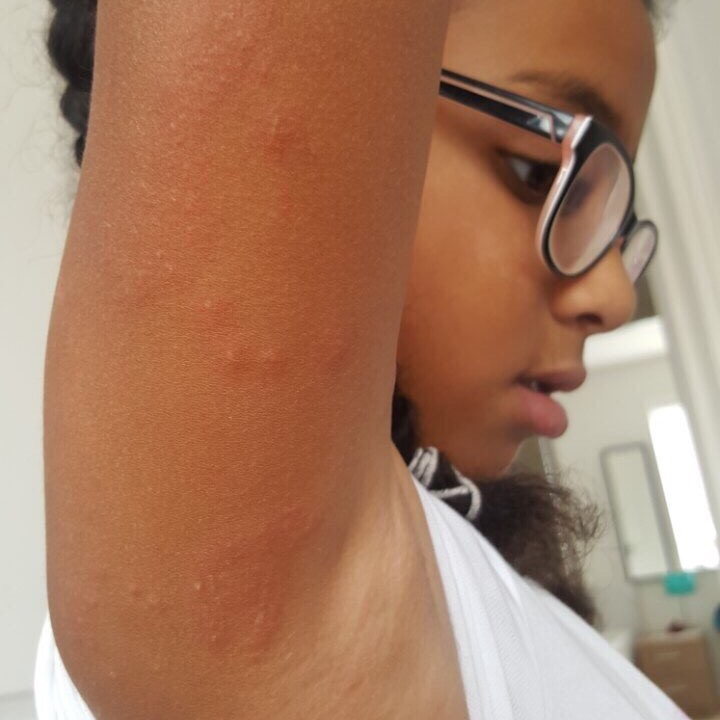
The major obstacles preventing better diagnosis are clinical suspicion and test availability. Doctors and health professionals need the education to consider a fungal diagnosis, and it is usually not clinically obvious. Many fungal diagnostic tests are insensitive, some are not specific and large parts of the world have none.
The largest problem for most of the global population is simply the unavailability of testing. There are several interconnected reasons for this:
- A lack of trained personnel to undertake the tests
- Low prioritisation of fungal infection by many healthcare organisations and health ministries
- Poor distribution channels for appropriate diagnostics because of a lack of demand
- Some tests are expensive, most are not
- Inappropriate test formats for rural and low-resource environments were much less of a problem in 2020 than in 2015
- No laboratory facility and limited or intermittent electricity supply
- Lack of standardisation and validation of tests in different countries leads to uncertainty about diagnostic performance.
GAFFI has identified the following five priority diseases and will work with partners to provide reliable and affordable diagnostic testing, in addition to skin NTDs:
- Cryptococcal meningitis in AIDS. View the article “Addressing Cryptococcal Infection in Africa“
- Pneumocystis pneumonia in AIDS, cancer and other groups
- Histoplasmosis in AIDS and other groups (most common in the Americas)
- Chronic pulmonary aspergillosis following TB and other pulmonary diseases
- Fungal keratitis
Dissemination of diagnostics is also a key aim, as per the 95/95 by 2025 GAFFI Roadmap.
Summary of current tests are shown here.
| Diagnostic | Ease of use | Equipment | Performance | Comments |
|---|---|---|---|---|
| Cryptococcal antigen LFAs | Simple, quick, | No | High and definitive | Double positive titre (> 1:160)Usually associated with meningitis |
| Pneumocystis PCR | Moderate | Yes | High | Freeze-dried kit now available. |
| Histoplasma antigen test | Moderate | Yes | High in AIDS | ELISA good, New LFA in clinical validation |
| Aspergillus IgG | Moderate | Yes | Very good, especially LFA | LFA now available. Multiple ELISA tests, some with limited sensitivity. Not fully evaluated in low resource countries. |
| Microscopy and culture | Difficult | Yes, simple | Moderate (slow), if staff well trained. Otherwise low. | Microscopy requires skill. and a direct detection tool would be much superior. Culture is simple, but lab contamination problematic and culture interpretation difficult. PCR or antigen tests would be superior. |
Additional information, including manufacturers shown here.



